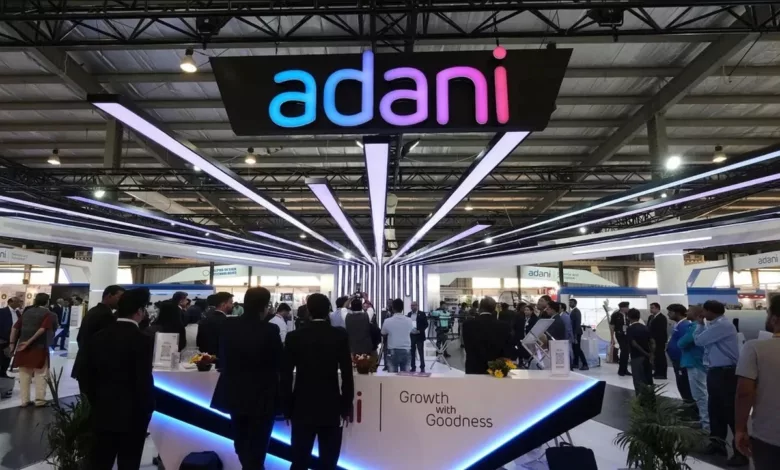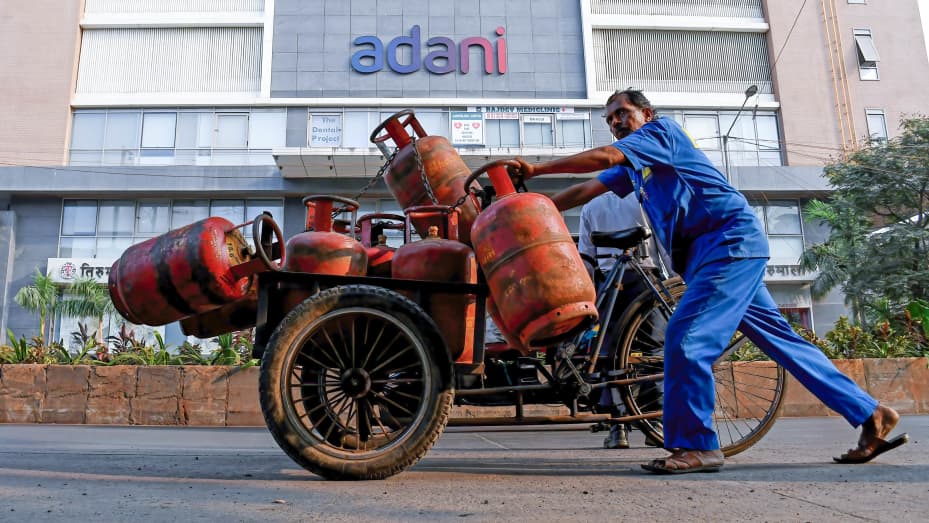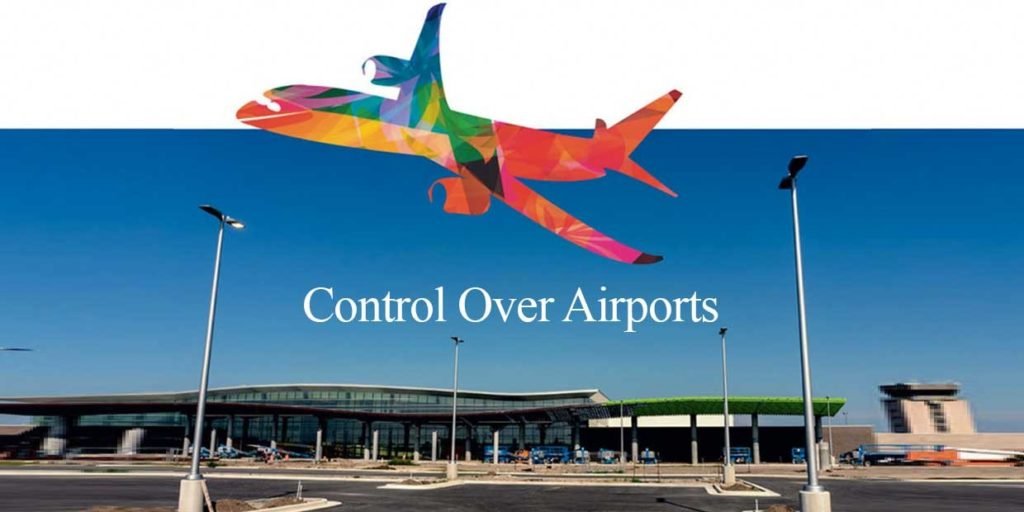Has India Become a Perfect Example Of ‘Bad And Irresponsible Family-Run Corporate Monopolies’? With Almost 80% Adani Stock Crash, Who Has Paid The Ultimate Price?
The Hindenburg Reports allegations against the Adani Group of financial irregularities have set a perfect example of a cautionary approach for investors; what it did is that it laid stress on why investors need to do their due diligence before making that all-important decision of investing in a particular company facing allegations of wrongdoing or even having substantial debt on their books. More importantly, it has also highlighted how the middle and lower middle classes might have been taken for a joy ride by monopolistic companies that have, in the name of nationalism, almost made a fool out of the commoner.

Irresponsible Family-Run Corporate Monopolies
The commoner, over the years, has been shelling more and more money on average monthly costs; these are bills that are paid in terms of fuel charges, mobile bills, logistics or transport – rail, flight, road, electricity bills and so on, but why is it that the costs of these are ever increasing?
And the fact is that moving forward, as we advance over the years, in all likely hood, these costs will only increase further.

India has a few big in-house corporate players – Ambani’s, Adani’s, Birla’s, Mittal’s, Mahindra’s, and so and so forth, and each of them has their respective domains of business that they have over the years converted into their stronghold.
The Indian government has also been following the process of converting government-run businesses and handing them over to private players or private organizations, and a lot of these businesses have been given to these big private players.
The above may seem like disjointed facts or points, but they all tie together beautifully to make a tapestry!
The reason why all these points have been given right in the beginning, is that if you look closely and with certain intelligence, one can see a pattern emerging here.

What is that pattern?
It is a carefully woven ‘interdependence’ between the government projects or agendas and the business acumen, profits-churning mechanism of business tycoons.
So what is happening is very simple – India is headed towards a scenario where the top in-house business tycoons are more or less now controlling top business sectors; what it signifies is that each business house has been given the task of managing their respective domains (what is their core business) and thus becoming a monopolistic corporate and politicians run ‘conglomerate’.
To substantiate this better, let us try to break this down; top sectors for any country and also valid for India are –
1. Infrastructure
2. Oil and Gas
3. Telecom
4. Power
5. Pharmaceuticals and Healthcare
6. FMCG
7. Retail
8. Automobiles
9. Green Energy
10. IT
11. Travel And Tourism

Creation Of Monopolies
If one guesses which are the top players in each of these sectors or industries mentioned here, one would understand that they are specific names that have become synonyms with these respective sectors.
Hence, what does this indicate? It suggests that each of these business groups and their leaders are already or are on the verge of becoming monopolies in that particular industry!
Why is this of significant concern if the work is getting done – it is arguably the only argument that most would come up with because, ultimately, you and I will be caught in this rut, with no way out and paying exorbitantly over the years.
Think, for example, if Adani is given the job of creating infrastructure, for example, airports or ports, as has been the case for a few years now, and if this group is the monopoly and so because of the endless support it has received from the government, do you think that there could be any other company that can ever work towards being a player in this sector?
Hence, what has transpired here is that overly high barriers have been created here, and no new competition can ever think of breaching them.
Who Does This Benefit?
From a Myopic point of view, this strategy could be great as it works out for everyone – the politician, the business tycoon and to some extent even the populace but from the economic point of view, this is a complete disaster – think of Doordarshan days, Bajaj, Maruti etc.
So the point in question here is, are we headed for the same kind of ‘bad monopoly’ in the name of nationalism?

Whose Wallet?
Another example is that of Reliance Jio; when it came into the market, it gave great freebies to entice the customer; there were already players in the market, and Reliance Jio needed to enter and establish itself.
But what is the story in the current? Reliance Jio is increasing its tariffs steeply and consistently why; since this is a perfect opportunity, they are only limited players in the market, but what is happening to the customers? They are shelling more and more from their pocket.
Hence, if one company controls 200 airports, it is the commoner that will pay for and perhaps will continue to shell more and more money utterly dependent on the service provided by ‘bad monopoly’ since they are no players that can breach and hope to make a mark.
Thus, for you and me, more money at the airport for the food you eat, for the shopping you might do, the taxes you pay for taking a flight, or for parking space, and the costs are endless.
The fact is that if essential services or products go into the hands of a few businesses, then there is a limitation that can be expected. Since one may not have another viable option, one has no choice but to give in to the demands and the prices charged or may be charged by these monopolistic conglomerates.

Responsible and Irresponsible Monopolies
It may be argued that the government cannot be responsible and care for everything, and bringing private players is necessary.
Perhaps so, understandable, but where and how does one draw a line between creating responsible monopolies and irresponsible monopolies?
This is where the Adani Group comes in; it is a perfect example of an irresponsible monopoly. Substantiating this claim is very easy; how has Adani Group expanded over the last few years to reach the heights it did?
It did so by taking more and more loans, thus its ever-increasing debt portfolio.
The number of years that Adani Group will take to pay off its debt is enormous, and if the company was to go bust or get into trouble as the Adani Group has because of the Hindenburg report, the fallout of the same and the risk will be borne by none other than the retail investor.
This has been the case over the last month, where it is the investors that have lost massive amounts since the stocks of almost all Adani companies have taken a sharp fall in the stock markets.
Also, consider the risk that various banks and LIC have brought on their books simply by extending deep loans and portfolio exposure via Adani Groups’ debacle.
Therefore, big irresponsible monopolies built on public leverage do not help either the economy of the country or the investors.
Conclusion: If a family-run business becomes a big conglomerate on its own funding or through limited and responsible debt exposure, it can be termed as a responsible business, and hence any and all profit that it churns out for itself is its own, and so is the loss.
On the other hand, if a family-run business becomes a big conglomerate on funding that it has got through public sector banks, and entities like LIC have exponential exposure to stocks of such companies like the Adani Group in its portfolio, then there is an extreme danger to these public sector entities and retail investors.
Ultimately in the debate between monopolistic and irresponsible family-run conglomerates and responsible conglomerates, it is the latter that will win both from the point of what’s good for the retail investors, PSUs and the overall economic prospects of the country!




